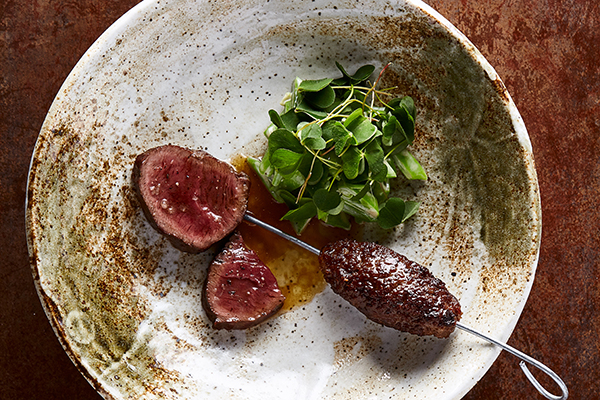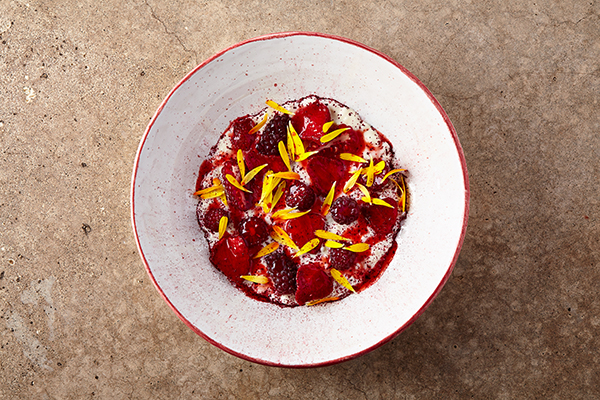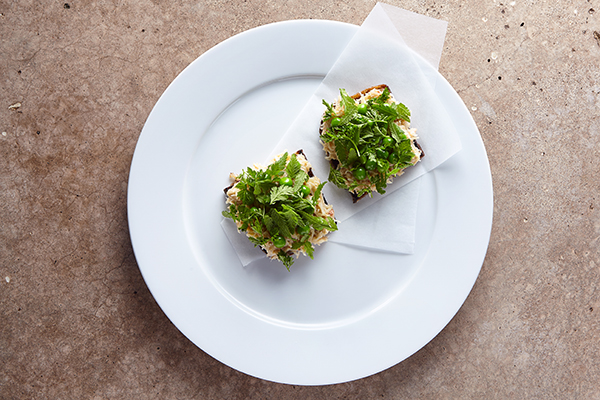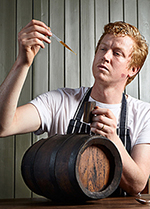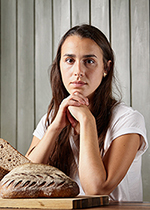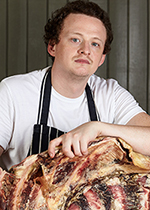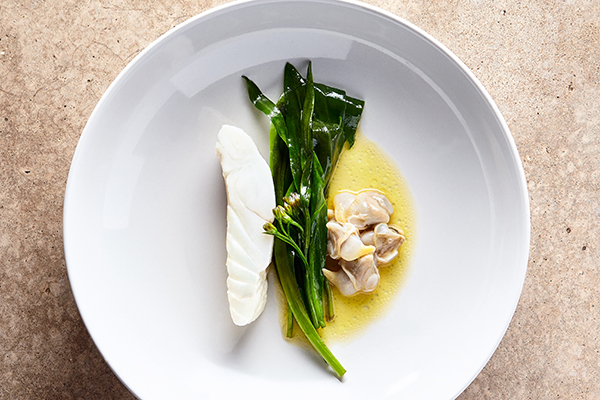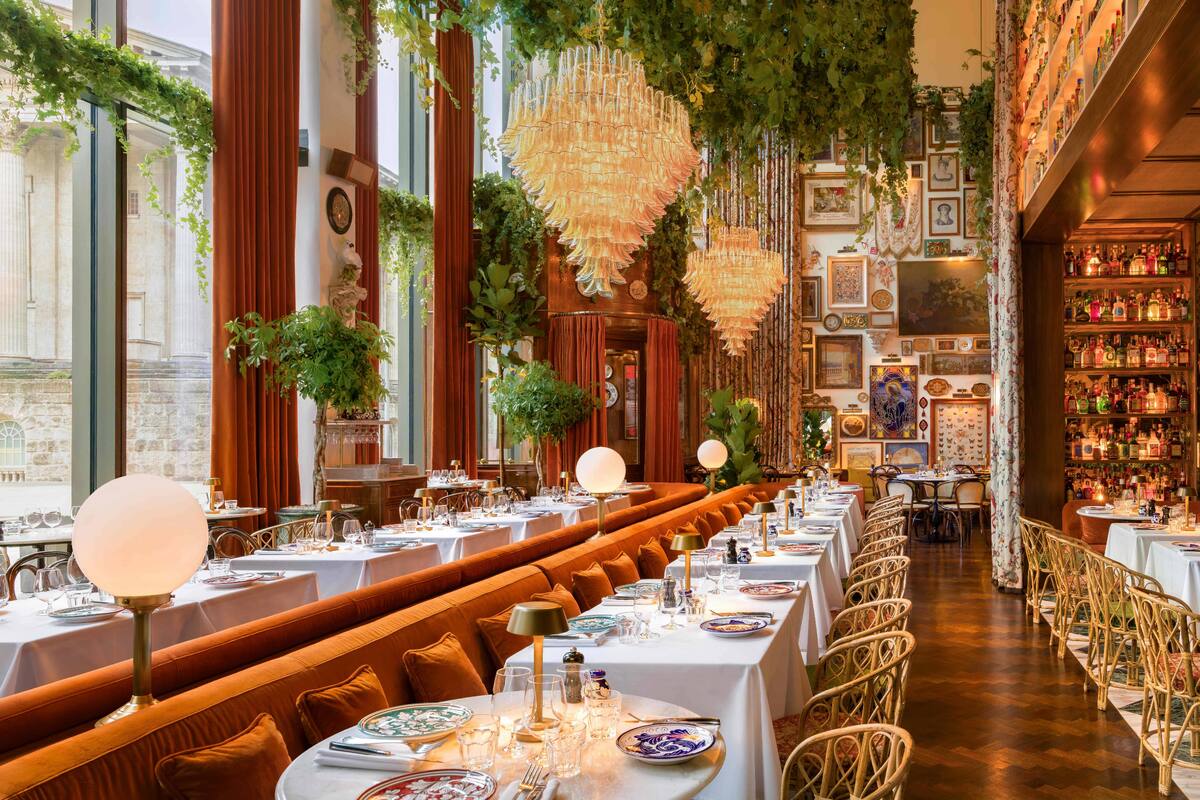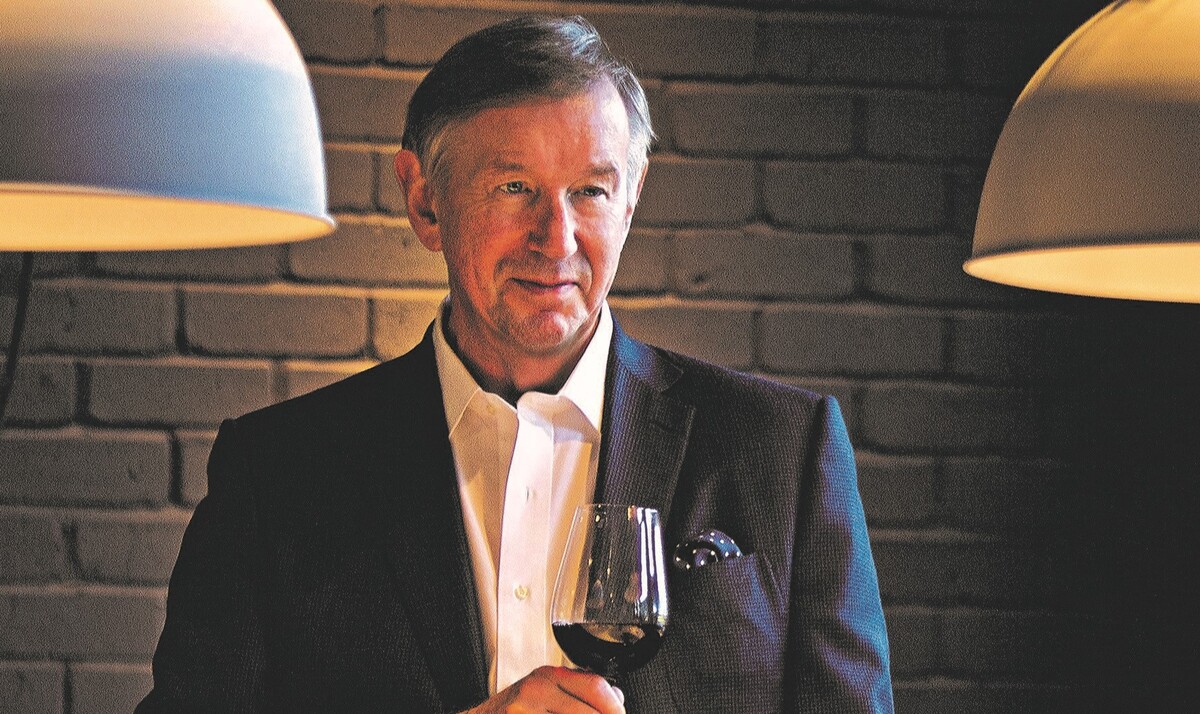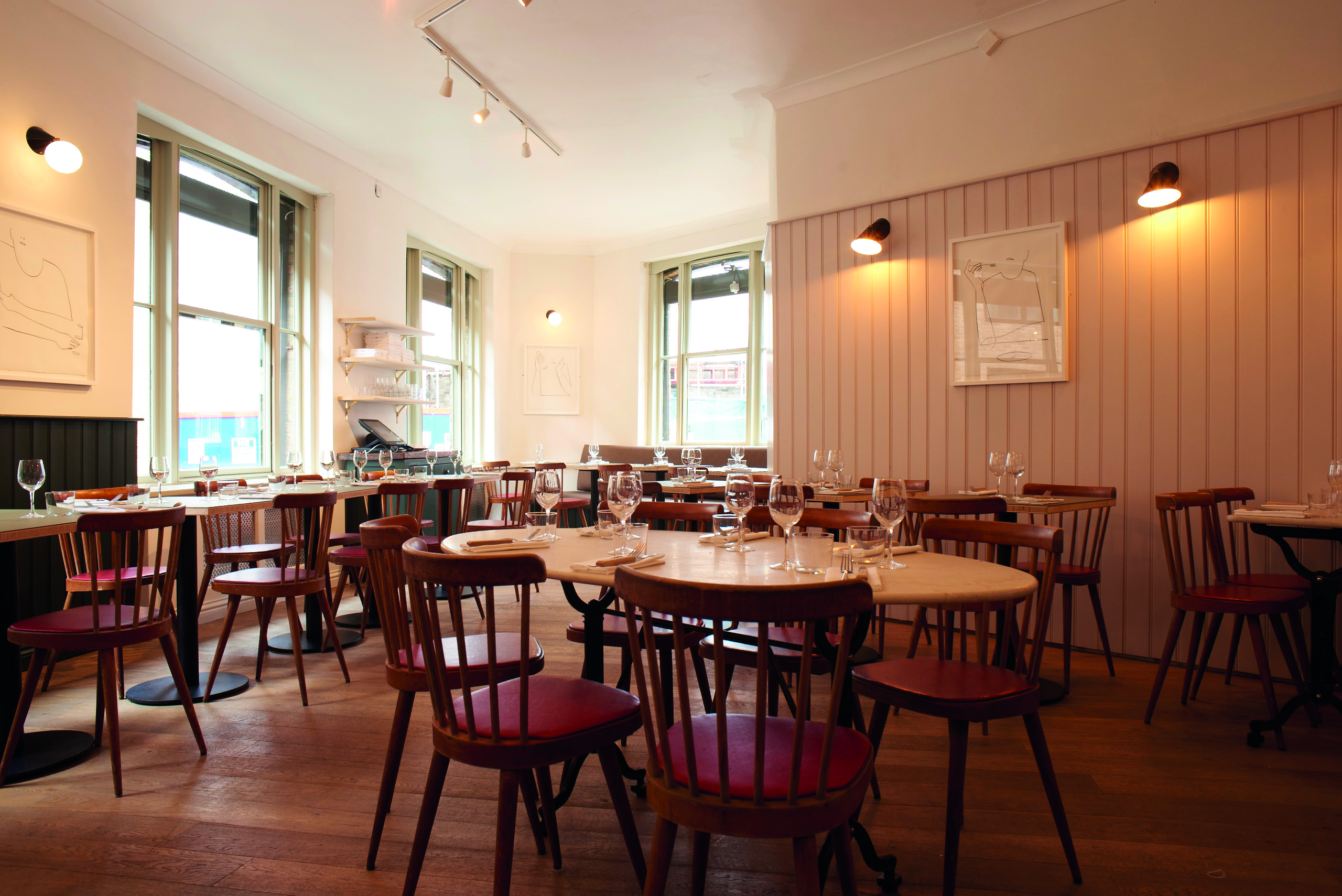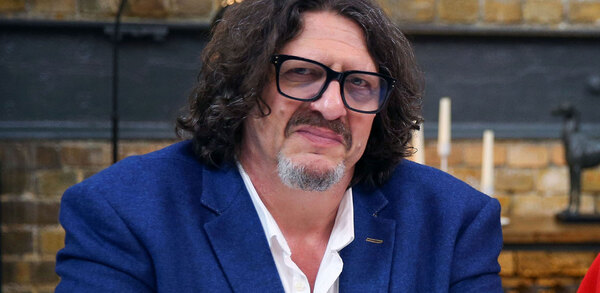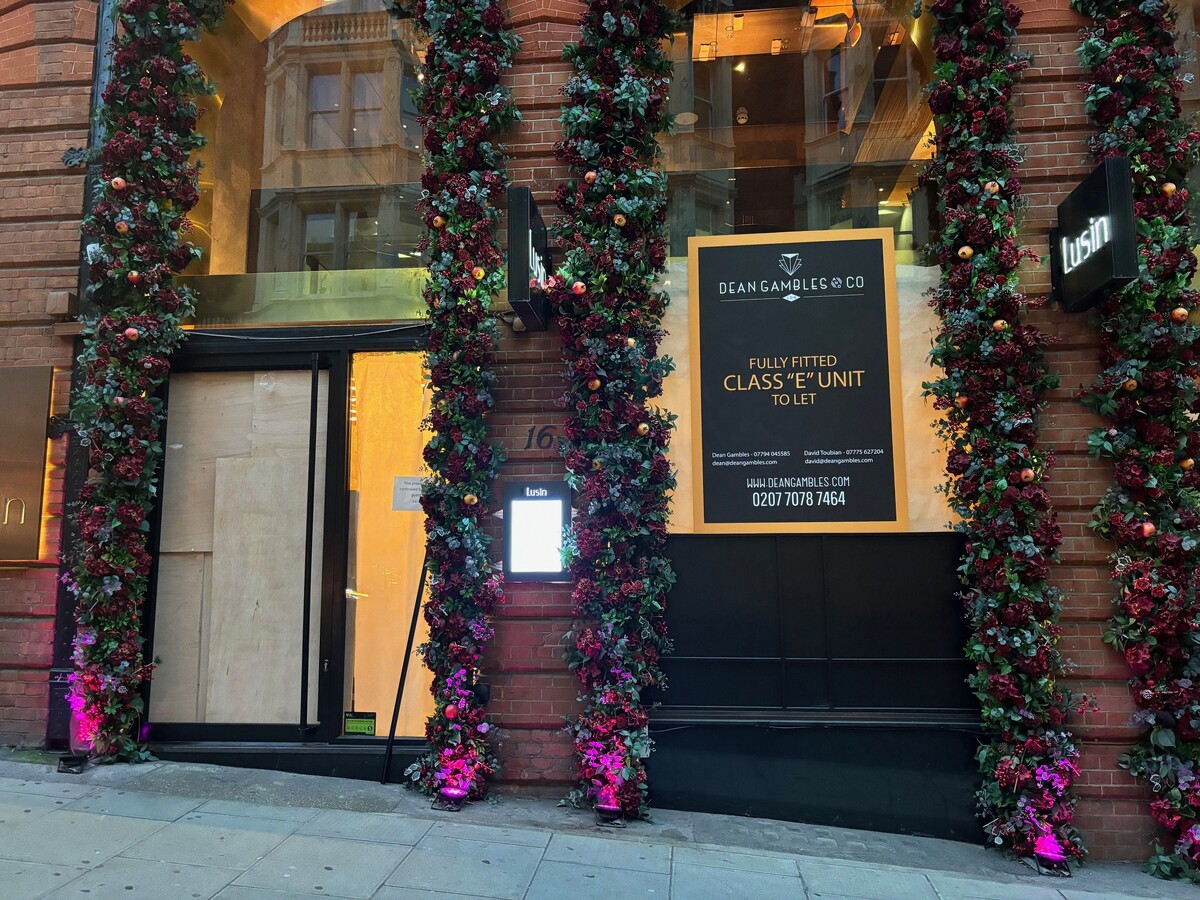Thought for food: Edinburgh Food Studio
From heritage breeds to ancient Scottish dessert recipes, Edinburgh Food Studio has been delving into the origins of food, bringing recipes back to life and taking a more cerebral angle to creative cookery. Now, it aims to share its research through a menu showcasing Scotland's finest produce. Katherine Price investigates
Reade and his partner Sashana Souza Zanella crowdfunded more than £17,000 in 2015 to refurbish the site on Edinburgh's Dalkeith Road, aiming to use the space to "empower individuals, raise awareness of good food and increase the visibility of Scotland and its larder" as well as probe into Scotland's food culture, history, recipes, agriculture and producers.
New to the team is head chef and fellow Scot James Murray (whose CV includes Lyle's in London, the Michelin-starred Nur in Hong Kong and Belmond Le Manoir aux Quat'Saisons in Great Milton, Oxfordshire) to oversee the restaurant side of the business.
A meeting of minds
Reade formerly worked as head of research and development at René Redzepi's Nordic Food Lab in Denmark, while Zanella worked as a tutor at the University of Gastronomic Sciences in Italy, where the pair met, so both were experienced in food research. Reade was inspired by the effect Noma and the Nordic Food Lab had on Denmark's gastronomic culture and reputation and wanted to establish something similar closer to home.
"What I'd seen in Copenhagen was that a small number of people pushing boundaries, with a little bit of support from the right bodies, especially when governmental, can really change the food culture of a nation," he says.
Unfortunately, funding was not forthcoming. Creative Scotland told them that food is not creative ("which was one of the most motivating things," says Reade) and they were told by the Community Food Fund they couldn't see how their concept would benefit local food companies.
So they took a five-year lease on a former Gino's Italian site, crowdfunded what they needed to refurbish it, drafted in friends to help them with the work, and opened in November 2015, operating it as a 25-cover restaurant with one dinner sitting and - hosting events and guest chefs three evenings a week to fund their research.
However, it proved "unsustainable", both financially and in terms of how much energy the restaurant demanded. None of their research is undertaken for profit - it is a labour of love, with Reade describing it as "investigation for investigation's sake" - and the restaurant needed a team for it to open for longer and serve more guests.
As they approached the three-year get-out option in their lease, they decided they had three options: drop the site completely, use it only as an event space or take it to the next level. They chose the latter, brought in chef Murray and are in the process of recruiting a larger front-of-house team.
"I've always really enjoyed the creative aspect of cooking and designing menus, but now it's time for Sashana and myself to think about it as a business and take a step back," says Reade.
With Murray on board, they have been able to open 10am to 5pm Wednesday to Sunday for coffee, as well as for dinner Wednesday to Saturday, retaining the single tasting menu dinner sitting across two communal tables format. Murray is supported by a kitchen team of two or three, and Reade says they're "very busy a lot of the time".
Murray's menus focus on seasonal produce and supporting local suppliers: "It's first and foremost about being able to support communities and give something back that's not too expensive or unapproachable," he says. "Restaurants have a duty to support people that make great stuff." He uses traditional cooking techniques, avoiding sous vide machines ("real cooking", as Reade describes it, "in a pan with butter") and keeping things simple on the plate.
"It's deceiving," says Reade, "it's superficially simple. The complexity is in the technique and the kitchen and kept away from the diner and it's just left for them to enjoy the results."
One of the dishes Murray's most excited about on the menu is a cep and Cacklebean egg dish - quite simply mushrooms with scrambled eggs and sunflower seeds. However, the technique is far from simple: the eggs are scrambled on a low heat for half an hour and finished with a mushroom butter made by sweating and reducing button mushrooms in a pan with kabsa vinegar.
Murray also serves dishes from the tasting menu at lunch, and the more informal lunch à la carte menu ensures the restaurant is approachable enough for the local community to just drop in for a coffee.
An education
The plan is for Murray's regularly changing menu to benefit from the research conducted by Reade and Zanella and their relationships with small-scale producers. For example, spending time researching heritage breeds of sheep in Scotland led to them sourcing 12-year-old Luing beef from one of the farmers involved, which Murray serves with purple sprouting broccoli, anchovy and preserved garlic capers. The pairing of beef with anchovy is itself inspired by the pair's research into historic Scottish recipes - they found a similar recipe in a Scottish cookbook from the 1820s.
A more wide-ranging project to record people discussing their food memories led to the pair chatting with a group of nonagenarians in a church in nearby Newhaven. They expected to find fish recipes at the historical harbour but instead were invited back to the home of one of the men in the group to see his grandmother's recipe book of traditional Scottish cakes. Another taught them a traditional fermentation method for herring, which may eventually make it onto the menu.
Their guest chef events and 'internships' also found María García Vilanova from the Basque Culinary Center spending time at the venue cataloguing and researching traditional dairy-based Scottish desserts, as well as being challenged with coming up with a new dessert every night for the restaurant.
Reade and Zanella are already planning study trips to Orkney and Lewis and Harris in the autumn. "This is where it's going to start getting interesting and we can step up the game a little bit. We can speak to people and bring stuff back and challenge James to be creative, which is a great opportunity for everyone," says Reade. "These producers know that we take their produce seriously, because we treat it with the dignity that it deserves."
But for all the research, Reade, Zanella and Murray believe it's just as important to ground it all in feeding people. "If we've got a full weekend, that's 90 people. That's communication in and of itself. Those 90 people have not only been told or read something - they've experienced it; they've eaten it. When you have a sensory experience to tie to knowledge, it's much easier to recall," says Reade.
Similarly, hosting internationally renowned chefs such as Ana Roš of Hiša Franko restaurant in Kobarid, Slovenia, or Rafa Costa e Silva of Lasai in Rio de Janeiro, Brazil, "somehow dignifies the cuisine of the region", he explains, and spreads the message further afield.
Ultimately, people's relationship with food is what interests the trio, rather than serving them the best meal of their lives - although The Sunday Times critic Marina O'Loughlin raved about it, describing the food as simply "awesome". For now, their focus is getting their research firing on all cylinders and having the tables full every day - and maybe even having a positive influence on the world in some way.
About the team
Ben Reade
Edinburgh native Ben Reade trained at Ballymaloe Cookery School in Ireland, studied for a BSc in gastronomic sciences at the University of Gastronomic Sciences in Piedmont, Italy, and was previously head of research and development at René Redzepi's Nordic Food Lab in Copenhagen, Denmark.
Reade recently took part in the regional heats for BBC Two's Great British Menu, where he narrowly missed out on a place in the final. Although veteran judge Phil Howard was impressed with Reade's dishes, which included a bouquet of pickled vegetables, a juniper-smoked Saxony duck dish based on a banquet served at the Royal Infirmary of Edinburgh in 1951, and a quince and damson tarte tatin with beeswax ice-cream, his "off-piste" and "highly conceptual" dishes didn't make it to the banquet.
Sashana Souza Zanella
Born in Montréal, - Canada, Zanella trained for a diploma in professional cuisine from the Institut de Tourisme et d'Hôtellerie du Québec before reading for a BA in anthropology from the University of Montréal. She then graduated from the University of Gastronomic Sciences in Piedmont, Italy, with an MA in food, place and identity, and became a tutor there, where she specialised in co-ordinating international research trips and also met Reade.
James Murray
Chef James Murray from Falkirk joined the Edinburgh Food Studio earlier this year from Lyle's in London, where he worked as a chef de partie under chef James Lowe. He was previously head chef at the Michelin-starred Nur in Hong Kong, having also worked as a chef de partie at the two-Michelin-starred Belmond Le Manoir aux Quat'saisons in Great Milton, Oxfordshire. He returns to Edinburgh Food Studio having been part of Nur's sold-out pop-up event there during the 2016 Edinburgh Festival.
Sample menu
- Radish and smoked yogurt
- Pumpkin and whey soup with spinach cream
- Scallop and sweetcorn
- Kale, anchovy, egg and lovage
- Monkfish, sea aster and smoked butter
- Mallard, parsnip, raspberry, cavolo nero with liver toast and preserve
- Meadowsweet and sorrel
- Wild plum, milk and oats
- Almond cake
Seven-course set menu for £50


